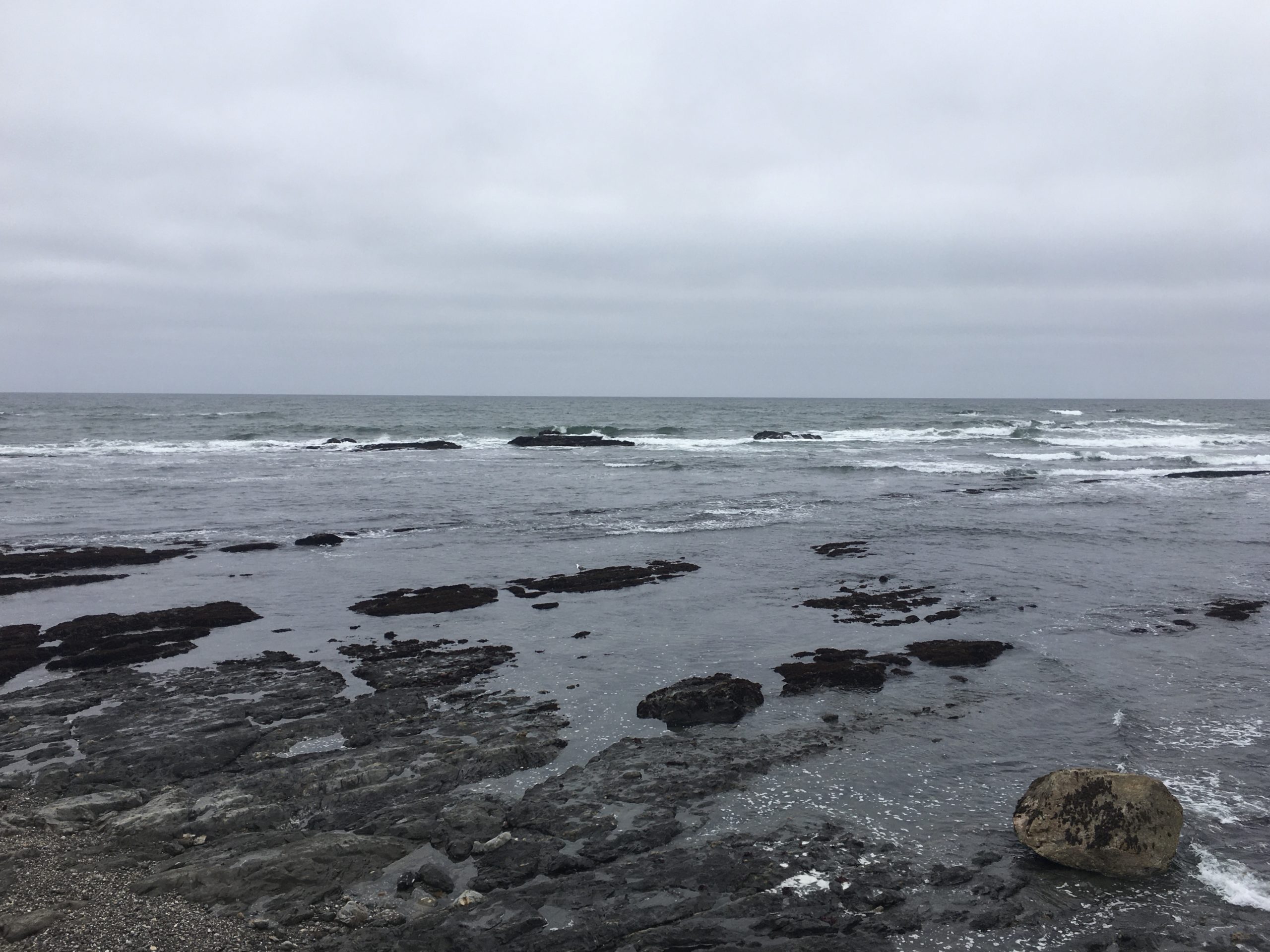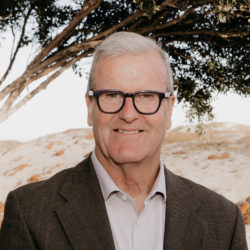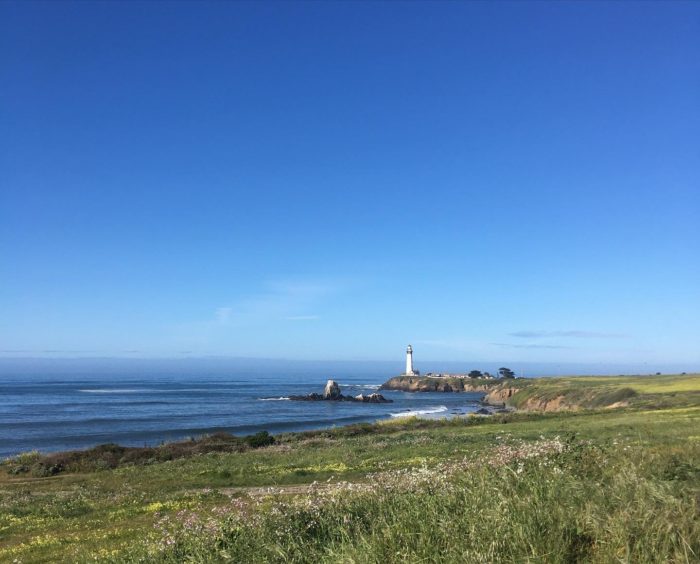
Sanctuary 30th Anniversary Series – Blog #15 “Finding sanctuary: Thank you for sharing our journey” by Dan Haifley
For the past 14 weeks, the Santa Cruz Sentinel and the Monterey Herald ran columns by Monterey Bay National Marine Sanctuary Superintendent Dr. Lisa Wooninck, along with Leon Panetta, Sam Farr, Fred Keeley, and me, who serve on the board of Monterey Bay National Marine Sanctuary Foundation and were involved with the sanctuary’s designation.

Finding Sanctuary’s 14 parts were written about the history of and current projects for Monterey Bay National Marine Sanctuary in tribute to its 30th anniversary and the 50th year of the act that established today’s system of 17 managed sites in U.S. waters and Great Lakes.
Marine sanctuaries promote ocean health
The ocean produces half the world’s oxygen produced by plant life, generates weather, absorbs excess atmospheric carbon, and supplies food. But it is under stress. Fifteen national marine sanctuaries and two marine national monuments in a system established 50 years ago by Congress provide a way to relieve that stress by protecting marine life, ecosystems and maritime heritage areas including shipwrecks and Native American sacred sites. Some 620,000 square miles of ocean and Great Lakes waters are now protected and while impressive, it is a fraction of our more than 4 million miles of federal waters. Today, nominations are open for new sites.
Monterey Bay National Marine Sanctuary stretches 276 miles from Marin County at its northern end, and Cambria in San Luis Obispo at its southern most point. It has a professional team that conducts research, education, and protection for productive waters that absorb excess carbon from climate change, produce oxygen, and support habitats for species including blue whales, California sea otters, birds, invertebrates, deep sea creatures, and fish. Its 6,094 square miles include Monterey Submarine Canyon that plunges 11,800 feet deep off Moss Landing, and Davidson Seamount, added in 2009, whose 7,500-foot-high summit is 4,000 feet below the surface, 75 miles west of San Simeon.
And there is hope for more. For example, Chumash Heritage National Marine Sanctuary, covering potentially more than 7,000 square miles off San Luis Obispo and northern Santa Barbara counties, would be the first tribally nominated marine sanctuary. The campaign for that site has engaged tens of thousands of people so far and will continue to until a hoped-for 2023 designation. Thank you for sharing our journey.
About the series
Monterey Bay National Marine Sanctuary Superintendent Dr. Lisa Wooninck’s third and final column, which appeared last week, discussed what the future will hold for the sanctuary’s team and its mission to research, protect, and educate: connect more and connect better, more diverse connections lead to stewardship, consider joining the advisory council, increasing access, and explore and experience.
The series started with four installments by me that chronicled the citizen-driven grassroots environmental efforts that came before, and helped to establish, Monterey Bay National Marine Sanctuary. Sam Farr’s three parts reviewed the policy work that preceded and continues in the wake of sanctuary status, pointing out that governance of the ocean is crucial to the planet’s health and must be done comprehensively, from watersheds to the sea. Fred Keeley discussed establishment of the landmark Marine Life Protection Act in California in the wake of sanctuary status and the state’s focus on protection of the ocean that interacts with our 1,100-mile coastal, western boundary.
Leon Panetta discussed the legislative efforts he led in the fight against offshore oil, and establishment of the sanctuary, and Dr. Lisa Wooninck, sanctuary superintendent reviewed the successes of the past 30 years, and future plans, for the sanctuary.
To Learn More
If you’d like to read past columns, go to https://montereybayfoundation.org/blog/ . If you would like to learn more about Monterey Bay National Marine Sanctuary, go to https://montereybay.noaa.gov/, and to learn more about the Monterey Bay National Marine Sanctuary Foundation, go to https://montereybayfoundation.org/

Dan Haifley was director of Save Our Shores 1986-1993, and O’Neill Sea Odyssey from 1999-2019 and currently serves on the Monterey Bay National Marine Sanctuary Foundation board. He can be reached at dan.haifley@gmail.com.

